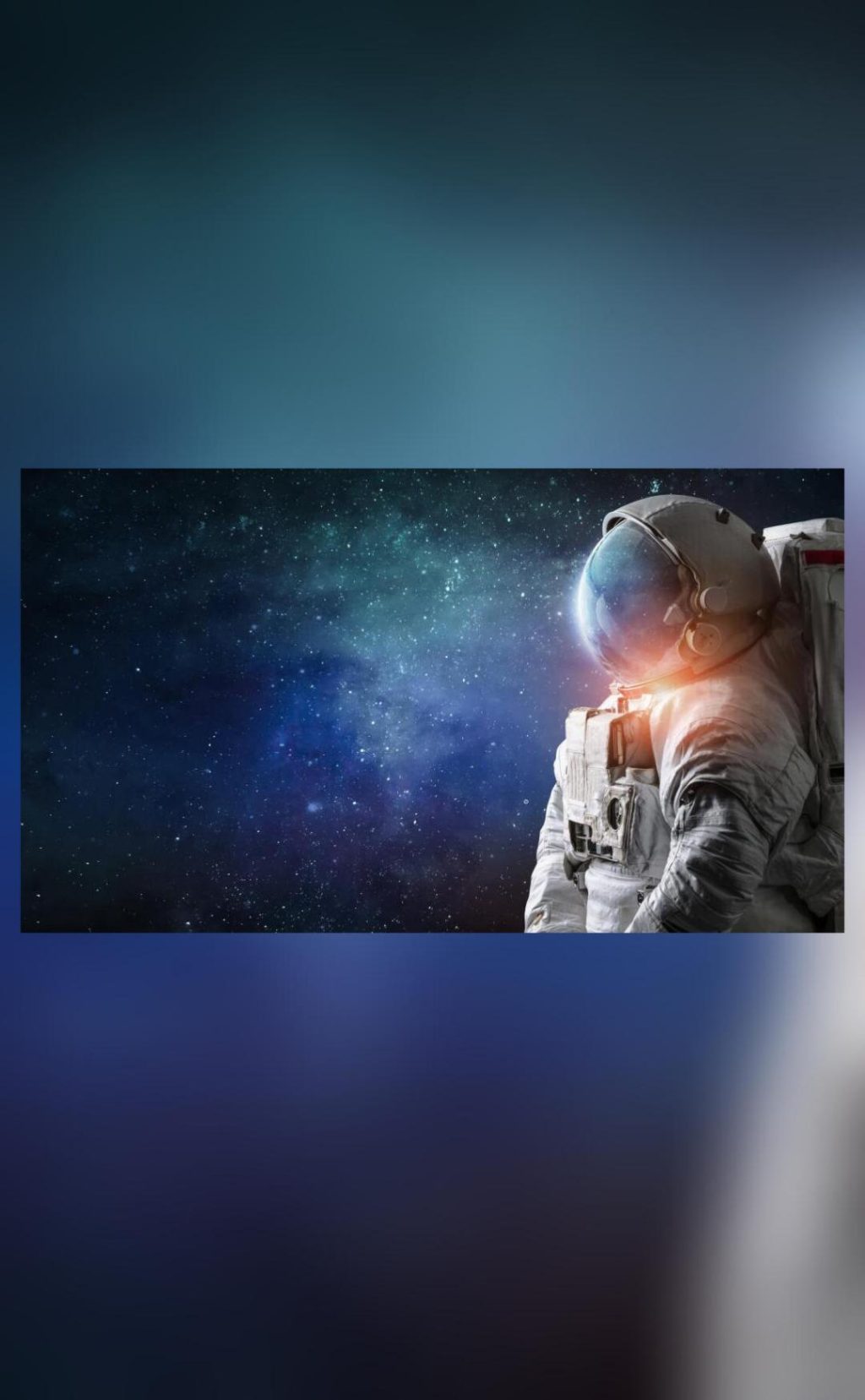
Google & NASA Create AI Medical Assistant for Mars Missions
As space exploration continues to push the boundaries of human innovation, ensuring the health and well-being of astronauts on long-duration space missions is becoming increasingly crucial. To address this challenge, NASA and Google have joined forces to create an AI-powered medical assistant designed specifically for Mars missions and other space endeavors. Dubbed the Crew Medical Officer Digital Assistant (CMO-DA), this cutting-edge technology is poised to revolutionize medical care in space.
The CMO-DA is a multimodal system that leverages Google Cloud’s Vertex AI platform to process speech, text, and images. This advanced AI technology is capable of diagnosing a range of medical conditions, from ankle injuries to ear pain, with remarkable accuracy. In fact, during testing, the CMO-DA achieved diagnostic accuracy rates of 88% for ankle injuries and 80% for ear pain.
The development of the CMO-DA is a significant milestone in the quest to provide high-quality medical care in space. Traditionally, medical professionals on space missions have relied on limited resources and manual diagnosis methods, which can be time-consuming and prone to errors. The CMO-DA, however, offers a more efficient and effective solution, enabling astronauts to receive timely and accurate diagnoses, even in the most remote and resource-constrained environments.
The CMO-DA’s capabilities are truly remarkable. The AI system is designed to analyze a wide range of medical data, including patient symptoms, medical history, and test results. This information is then used to generate a diagnosis, treatment plan, and even offer guidance on medication and dosages. The system can also communicate with medical professionals back on Earth, ensuring that astronauts receive the best possible care.
One of the key challenges in developing the CMO-DA was ensuring its ability to function effectively in the unique environment of space. Space missions often involve extreme temperatures, radiation exposure, and limited connectivity, which can impact the performance of traditional medical equipment. The Google Cloud-based CMO-DA, however, is specifically designed to operate in these conditions, minimizing the risk of equipment failure and ensuring seamless communication with medical professionals back on Earth.
The potential benefits of the CMO-DA are far-reaching. By providing accurate and timely diagnoses, the AI system can help reduce the risk of medical errors, improve patient outcomes, and enhance overall mission success. Additionally, the CMO-DA’s ability to communicate with medical professionals back on Earth can help reduce the need for emergency evacuations, which can be costly and time-consuming.
The CMO-DA is still in the testing phase, but its potential is undeniable. As space missions continue to push the boundaries of human exploration, the need for advanced medical technology will only continue to grow. With the CMO-DA, NASA and Google are paving the way for a new era of medical innovation in space, one that will ensure the health and well-being of astronauts on long-duration missions.
In conclusion, the Crew Medical Officer Digital Assistant (CMO-DA) is a groundbreaking AI technology that is set to revolutionize medical care in space. Developed in partnership with NASA and Google, this multimodal system is capable of diagnosing a range of medical conditions with remarkable accuracy, even in the most remote and resource-constrained environments. As space exploration continues to push the boundaries of human innovation, the CMO-DA is poised to play a critical role in ensuring the health and well-being of astronauts on long-duration missions.
Source:






